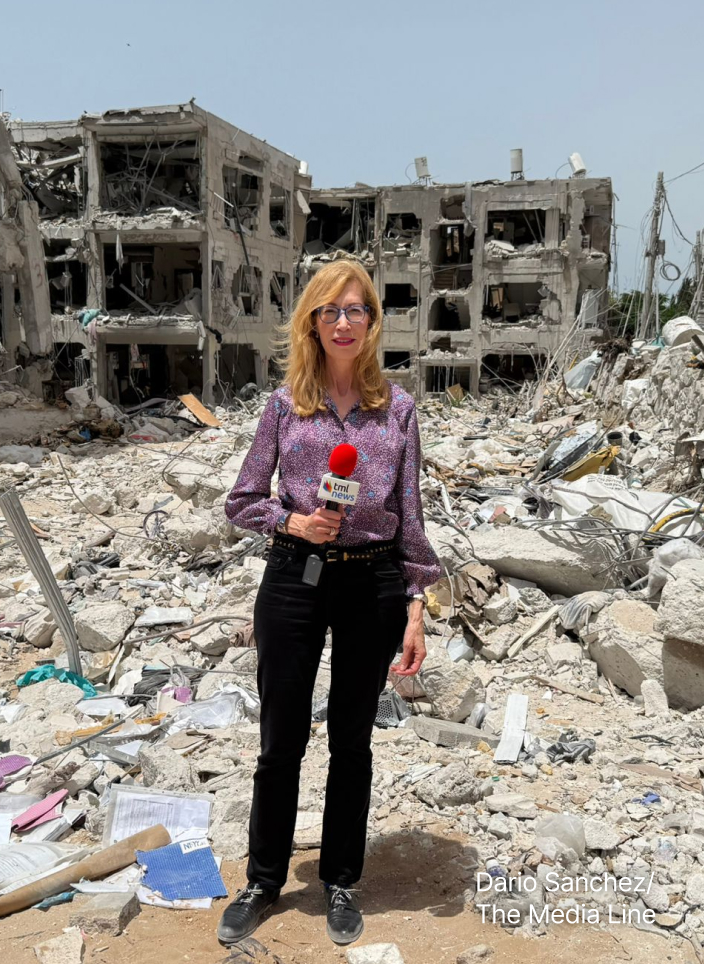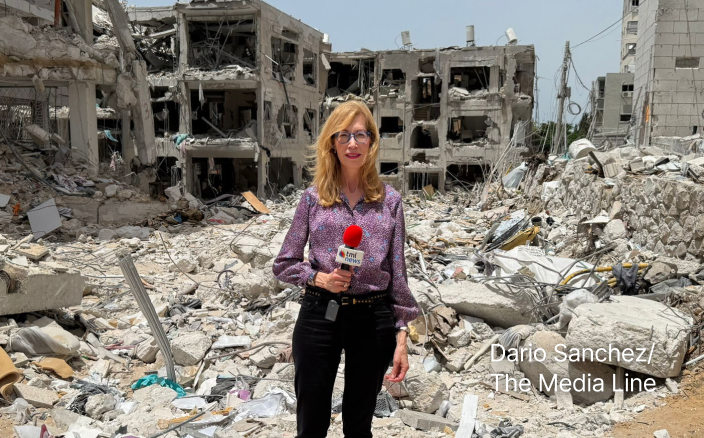Jerusalem 2048: Our Hope Is Not Lost Yet
Ma’ariv, Israel, May 18
The negative processes in Jerusalem have been widely recognized and analyzed. Yet, the solutions to these problems have not been given the attention and public discussion needed to bring them to fruition. Typically, in Israeli cities, processes of vision, development, and the formulation of action plans are top-down. The leaders elected to serve the city initiate, lead, and shape the city’s future in positive ways. However, in the case of Jerusalem, change processes are grounded in grassroots movements. Change is generated from the bottom up in the form of civic initiatives and social movements. To understand the driving force behind the tremendous success of the British cycling team, you need to look back to 2003, when Sir Dave Brailsford was appointed chairman of the British Cycling Association. Commonly known as the “anti-magician,” he adopted a management philosophy known as “aggregation of marginal gains.” This term describes a strategy of continuously implementing small changes across all the important facets of the organization, adding up to a gradual improvement of hundreds and thousands of percent. Despite this method failing to produce noticeable results over its first four years, the tactic finally paid off at the Beijing Olympics in 2008 where the team won 60% of the medals. This success was further cemented at the London Olympics in 2009, where they broke nine Olympic and seven world records. In total, over the next decade, the team won 178 international competitions, with their “aggregation of marginal gains” theory serving as the impetus for this remarkable record. To create a world-class city, Jerusalem must embrace change and create a vibrant, multifaceted environment that will attract people from all walks of life. This can be attained through ambitious projects that prioritize renovations of existing buildings and the construction of new ones. Moreover, the city should focus on creating and managing thriving residential communities in established and redeveloped areas, enabling residents to enjoy their highest standards of living. To spur this transformation and urban renewal processes, building should be focused on the second and third circle of neighborhoods, while ensuring optimal utilization of common areas—all of which will create a thriving public space for everybody to enjoy. Increased government funding can help Jerusalem’s higher education institutions advance their research and become globally renowned. This can also help attract leading academics from around the world, making Jerusalem a prominent presence on the international academic scene and forging ties with research institutions abroad. In addition, a comprehensive cultural and leisure empire should be established, providing plentiful options for cultural, culinary, and sports entertainment. Moreover, cultural offerings are key to attracting and sustaining a productive population and fostering creativity. This call is extended to all those who seek a way to be an active force in shaping Israel’s future. We call upon the Tel Aviv and Israeli public to join us in the endeavor to build a new Jerusalem and to come and settle in our hearts and homes. Like our forebears in the kibbutzim, the settlers in Judea and Samaria, and the ultra-Orthodox and Arabs in the city, we need people who are willing to commit for the long-term, for a year or more, to be the agents of change. Now is the time for those who strive to create a brighter future for Israel to act. It is not enough to demonstrate or proudly wave a flag once a year; we must come together to make an impact on reality. We invite those who are ready to take this call to action and make a difference in Jerusalem. A paradigm shift is required to create positive change in Jerusalem. The Arabs and ultra-Orthodox should be seen as major players in the solution and not the problem. By including them as partners in the journey, they can provide protection against any potential opponents and saboteurs. The time has come for Jerusalem to look beyond its rivalry with Tel Aviv and take inspiration from the success of other leading world capitals. It is time to re-envision the possibilities for Jerusalem and recalibrate a development and creation course for the residents of the city to build upon, to produce successes where state plans have not yet succeeded. This is no idle dream, but a valid prospect. —Yossi Greiber (translated by Asaf Zilberfarb)
Give the gift of hope
We practice what we preach:
accurate, fearless journalism. But we can't do it alone.
- On the ground in Gaza, Syria, Israel, Egypt, Pakistan, and more
- Our program trained more than 100 journalists
- Calling out fake news and reporting real facts
- On the ground in Gaza, Syria, Israel, Egypt, Pakistan, and more
- Our program trained more than 100 journalists
- Calling out fake news and reporting real facts
Join us.
Support The Media Line. Save democracy.


* * * *

